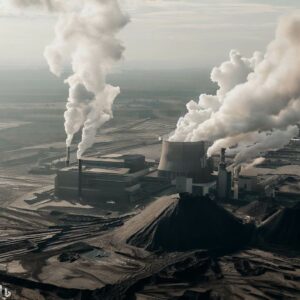Coal Combustion Residuals Testing
Testing services for your products and materials
Coal Combustion Residuals Testing
Coal combustion residuals (CCRs) are the solid byproducts of burning coal to generate electricity. They are a mixture of coal ash, bottom ash, and boiler slag.
Coal ash is a fine powder that is captured in air pollution control devices. Bottom ash is a heavier material that settles out of the bottom of the boiler. Boiler slag is a molten material that is produced when coal is burned at high temperatures.

CCRs are a major waste stream from the coal power industry. In the United States, about 130 million tons of CCRs are generated each year. CCRs are typically disposed of in landfills or surface impoundments. However, there is growing interest in using CCRs for beneficial reuse applications, such as in concrete, road construction, and mine reclamation.
The use of CCRs for beneficial reuse can help to reduce the environmental impacts of coal combustion. For example, using CCRs in concrete can reduce the need for natural resources, such as sand and gravel. Additionally, using CCRs in road construction can help to improve the durability of the roads.
However, there are some potential environmental concerns associated with the use of CCRs. For example, CCRs can leach metals into groundwater. Additionally, CCRs can release air pollutants, such as mercury, when they are disturbed.
Overall, CCRs are a complex waste stream with both potential benefits and risks. More research is needed to fully understand the environmental impacts of CCRs and to develop best practices for their management.
We provide an extended range of tests for coal combustion residuals.
Contact us for more information.
Specifications and test plans for coal combustion residuals:
- ASTM C618 – coal fly ash and raw or calcined natural pozzolans for use in concrete: Specification / Test Plan
Test methods for coal combustion residuals:
- ASTM C311 – Testing Coal Ash or Natural Pozzolans for Use in Portland-Cement Concrete
- Complete Listing
Resources related to coal combustion residuals management:
